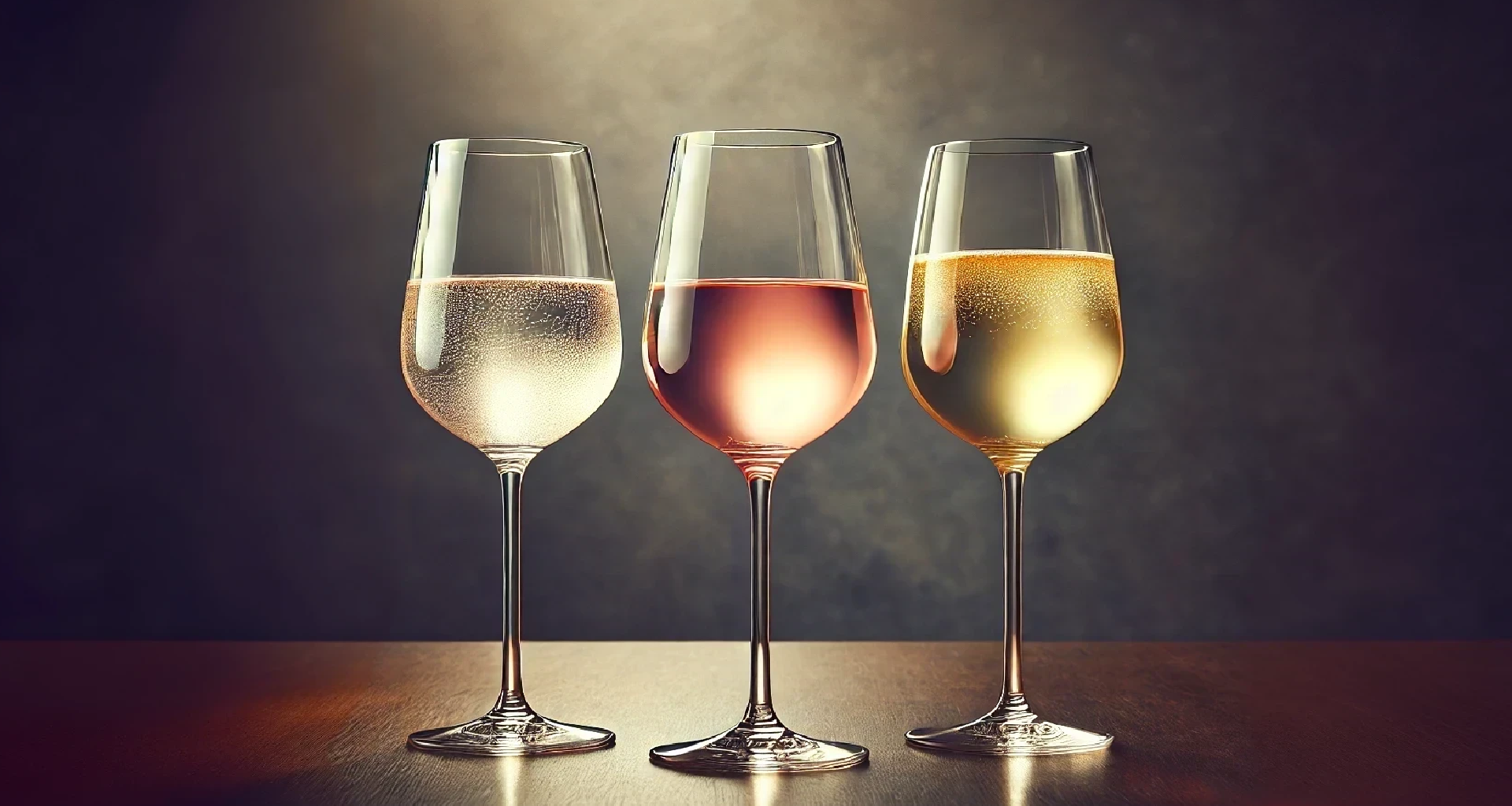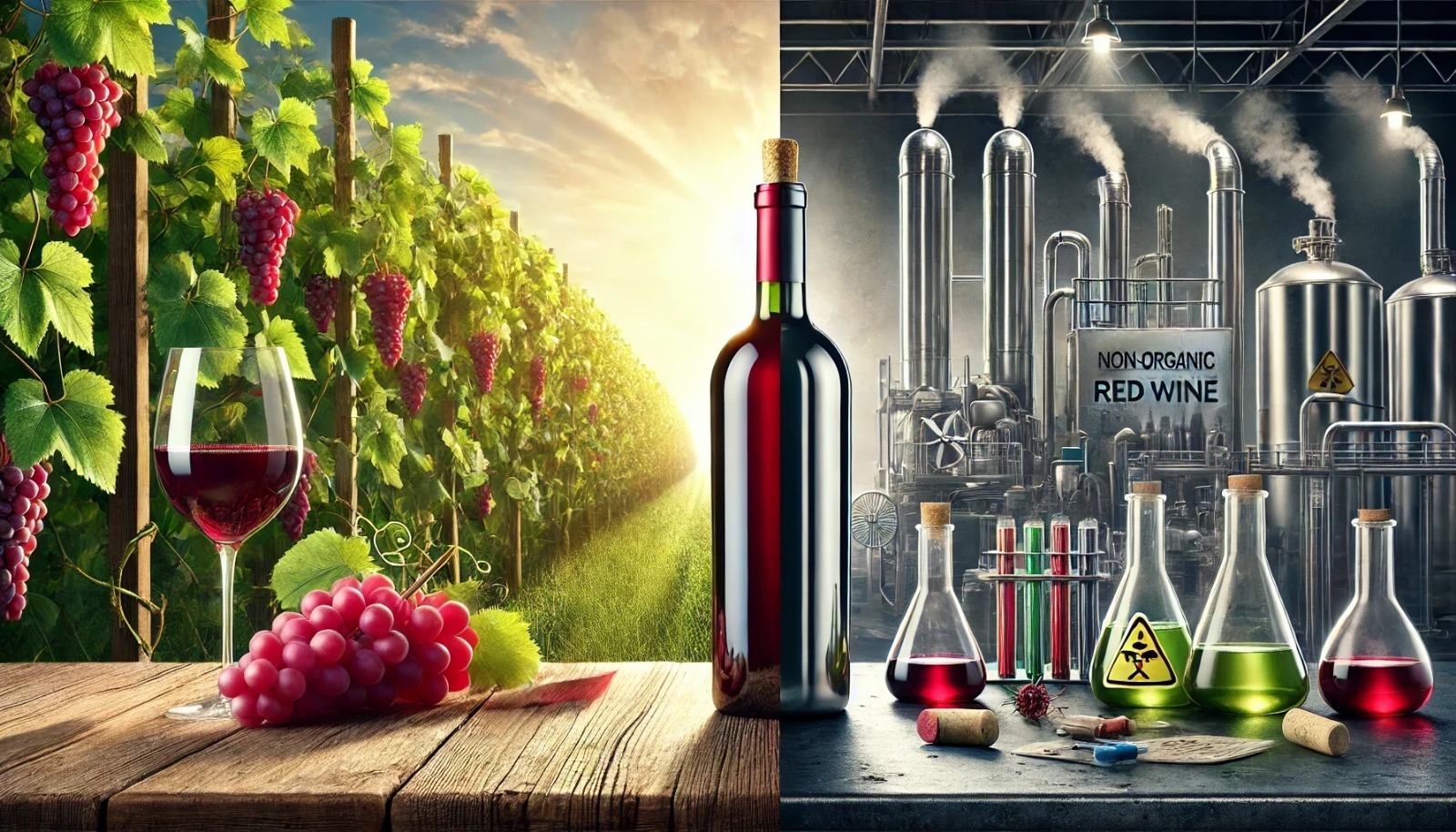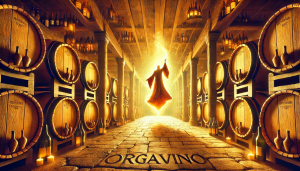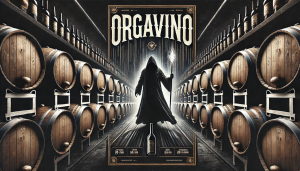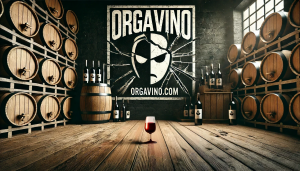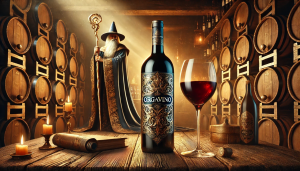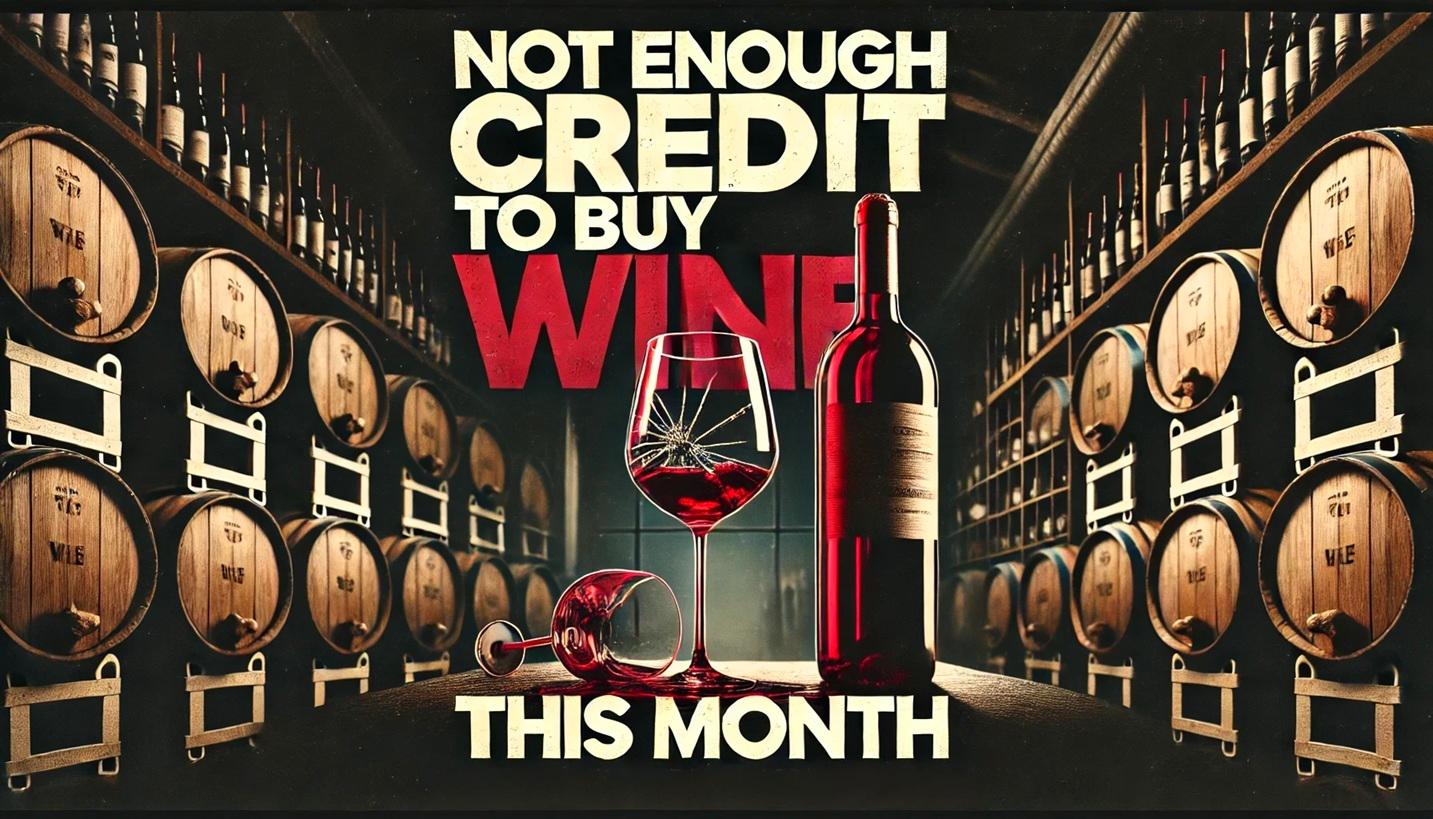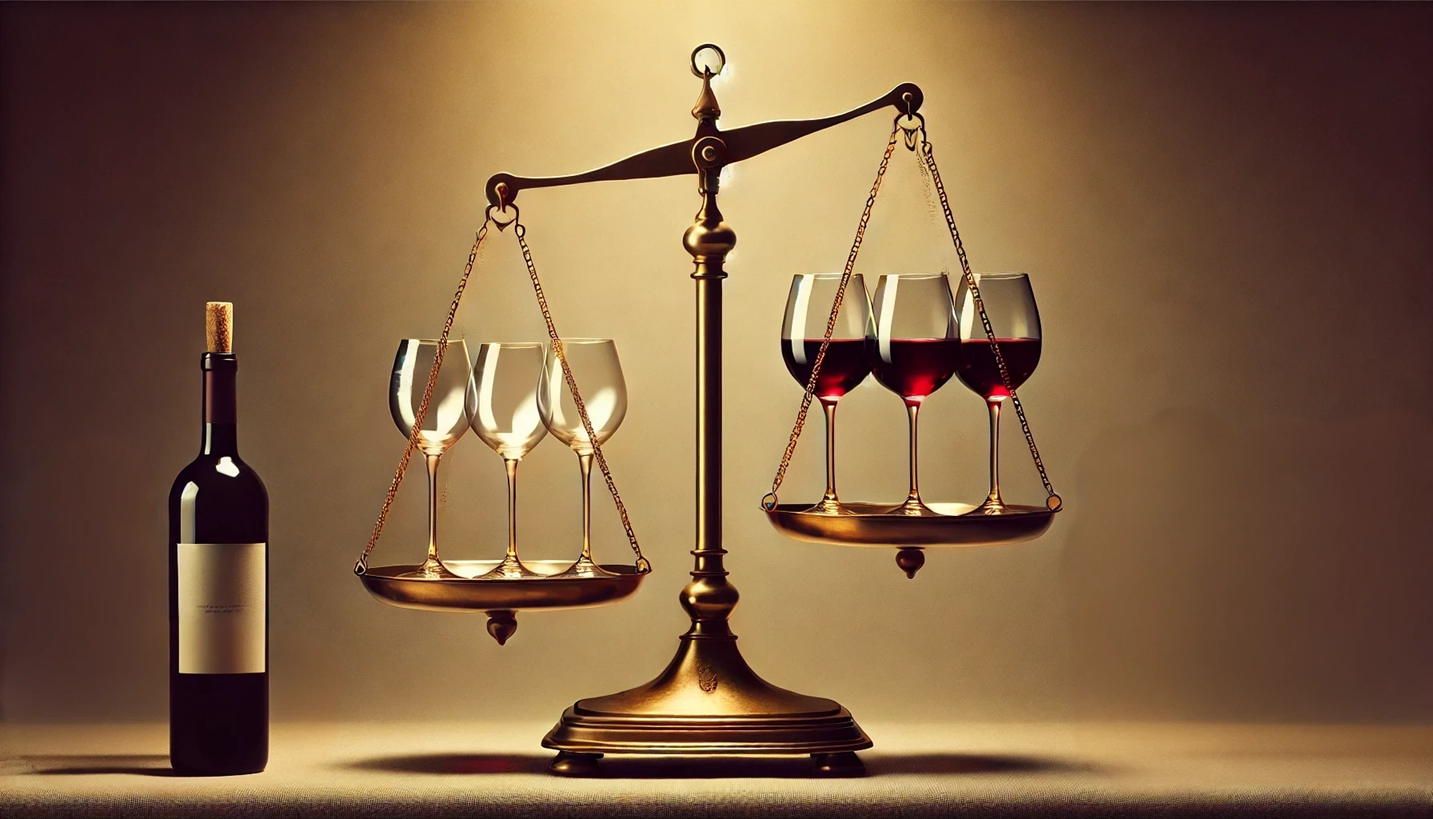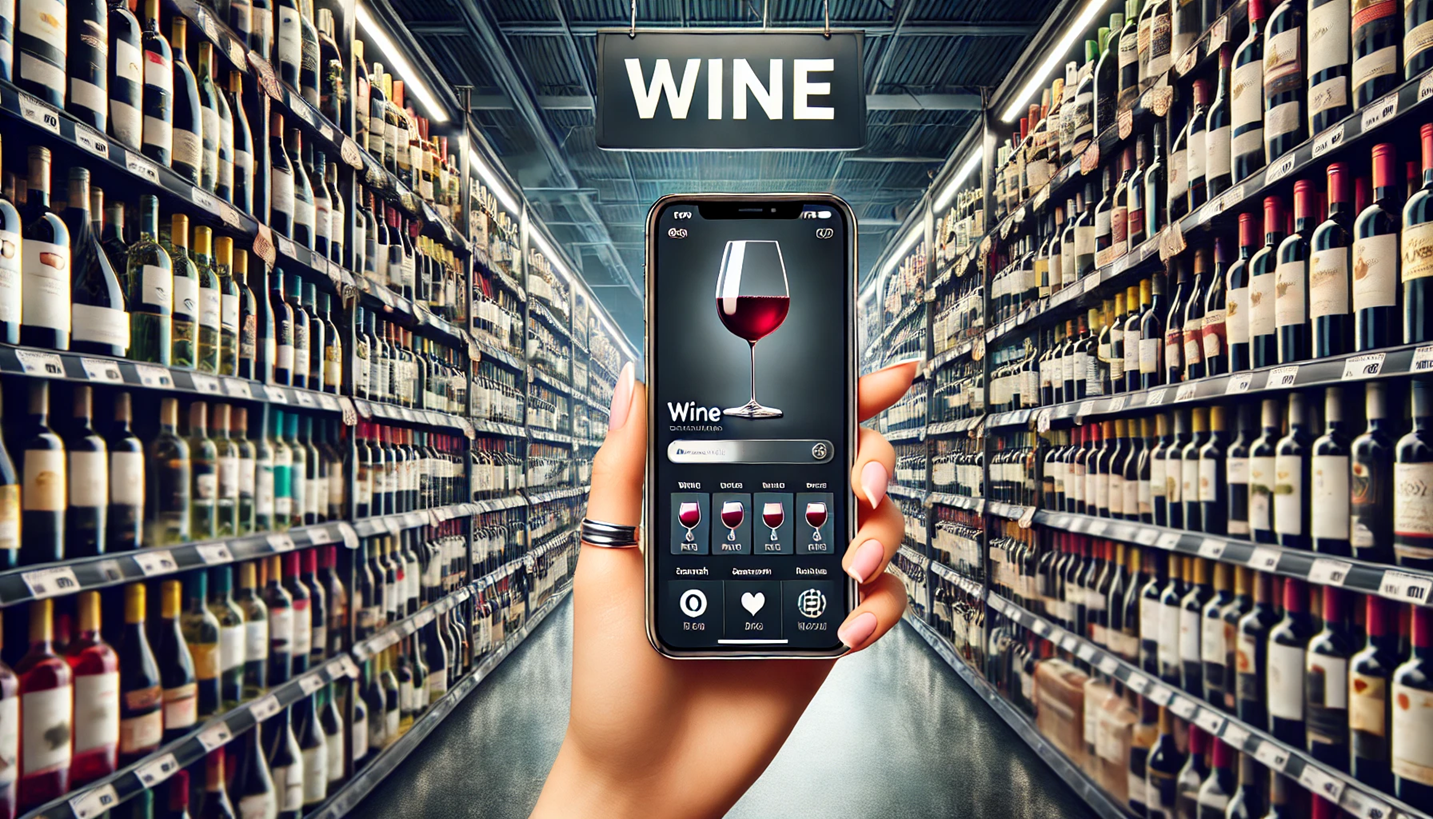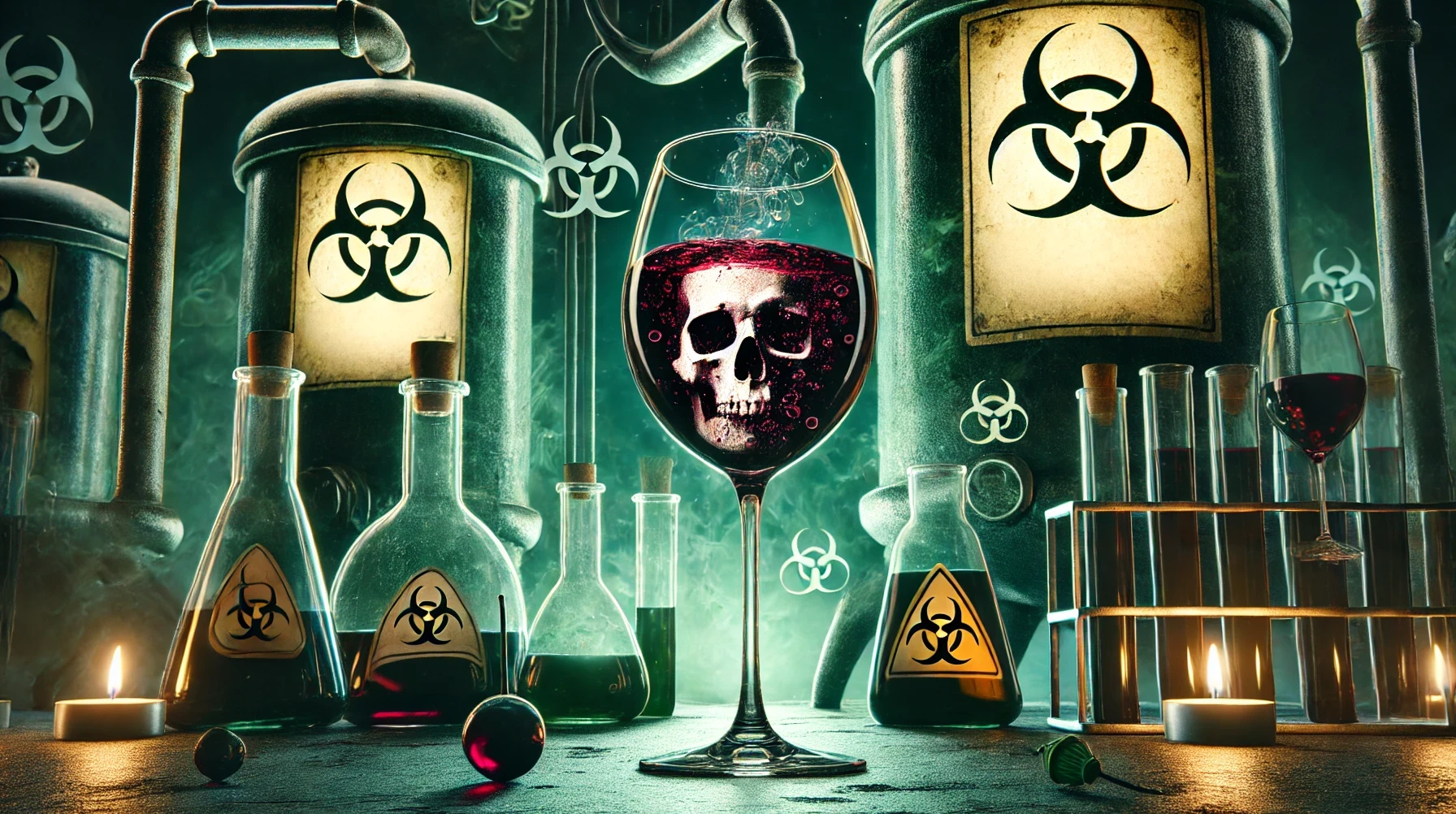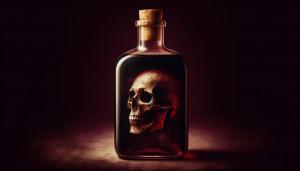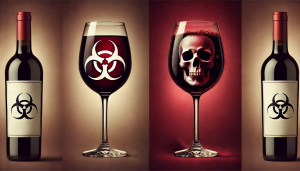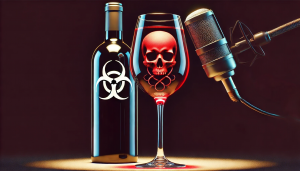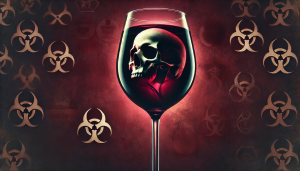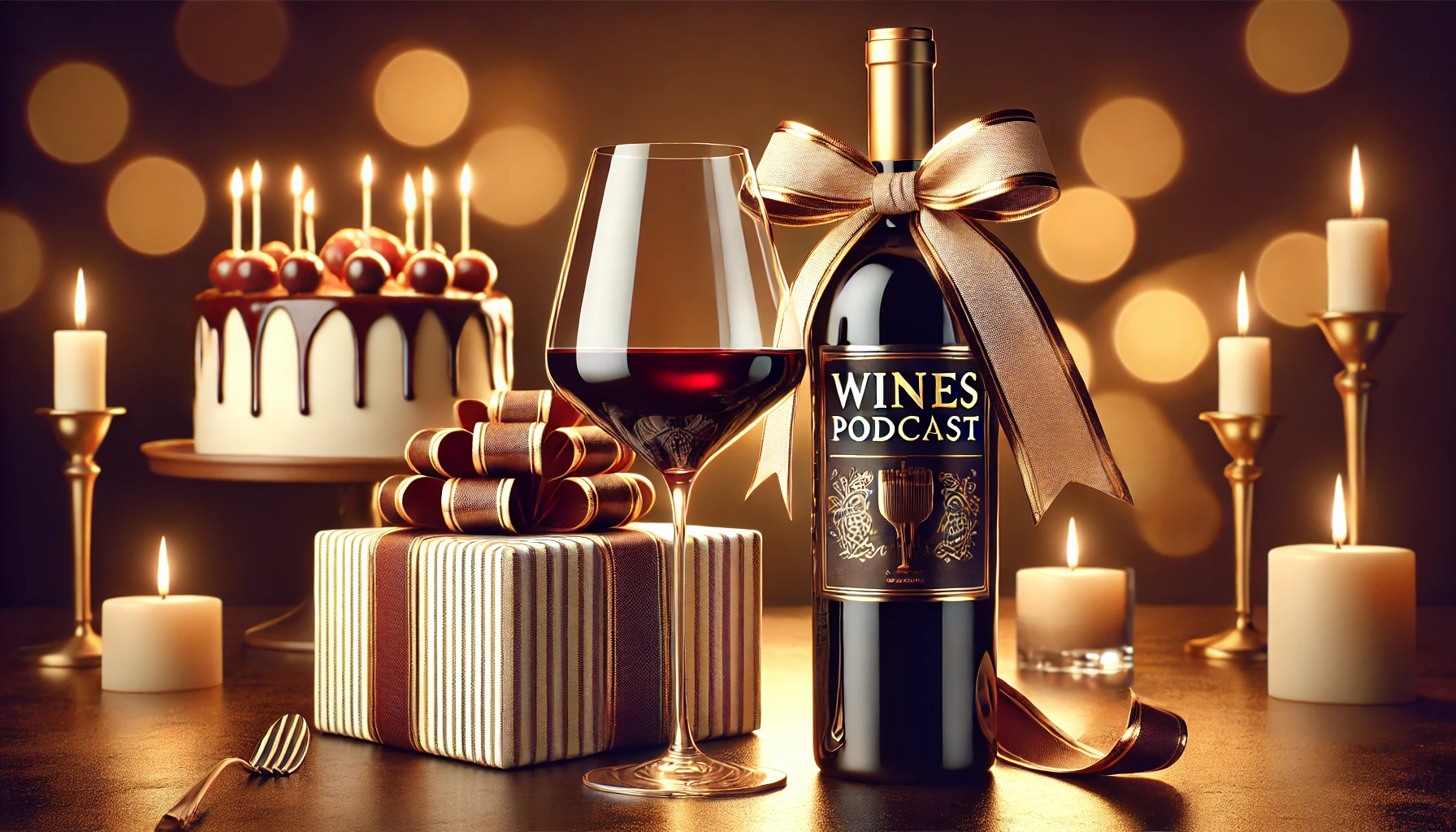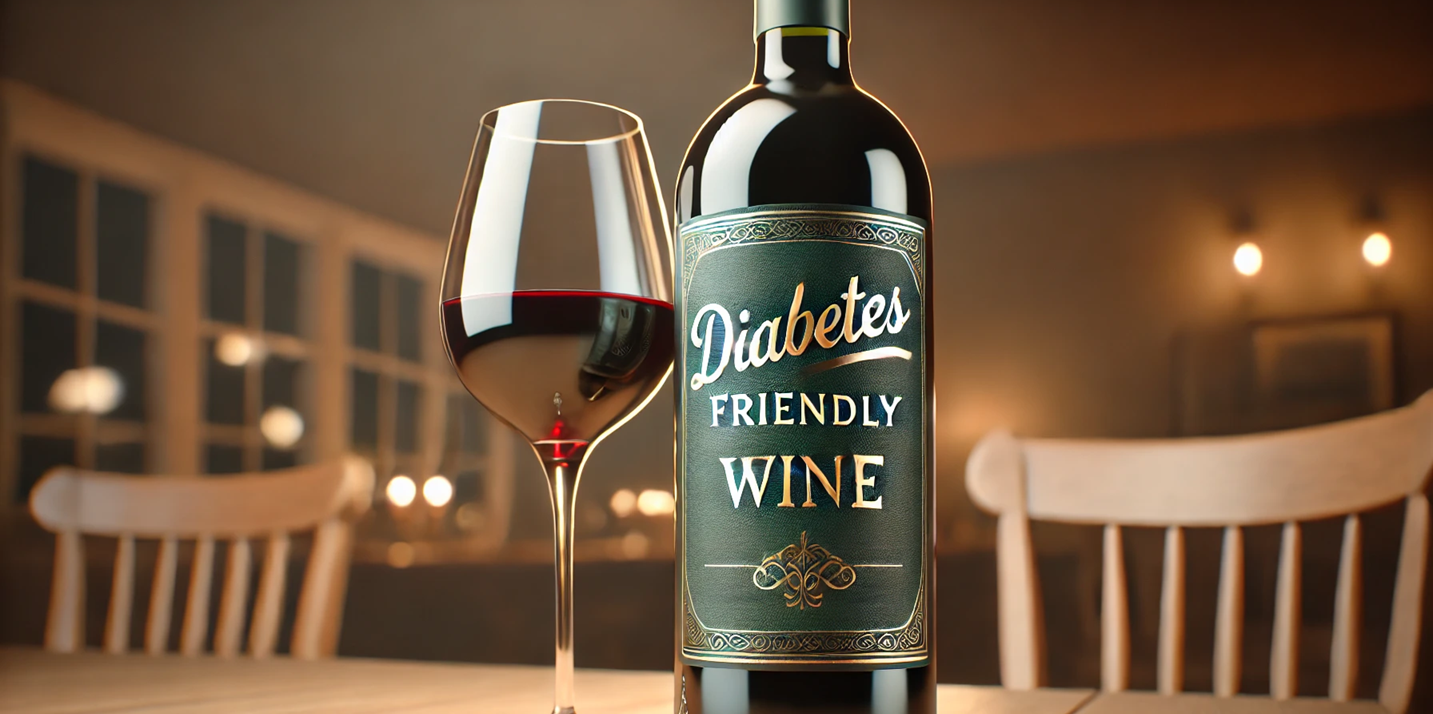Hello, Wine Lovers! Welcome Back to The Wines Podcast!
I’m your host, Veeno Orgavino Bonovinotte, and today we’re diving into a question that never seems to go out of style:
“Which Type of Wine Is the Most Popular: Red, White, or Rosé?”
Whether you’re a die-hard red wine fan, a white wine enthusiast, or someone who just can’t resist a good glass of rosé, we’ve got something for you today. But before we get into the nitty-gritty, let’s be honest—wine choices aren’t just about what’s popular. They’re about what fits your mood, your meal, and sometimes even your mistakes! We’ve all opened a bottle that wasn’t quite what we expected, right? Don’t worry—we’re tackling those pain points head-on today!
So grab a glass, get comfortable, and let’s find out which wine type truly reigns supreme—while also solving some of your common wine problems along the way!
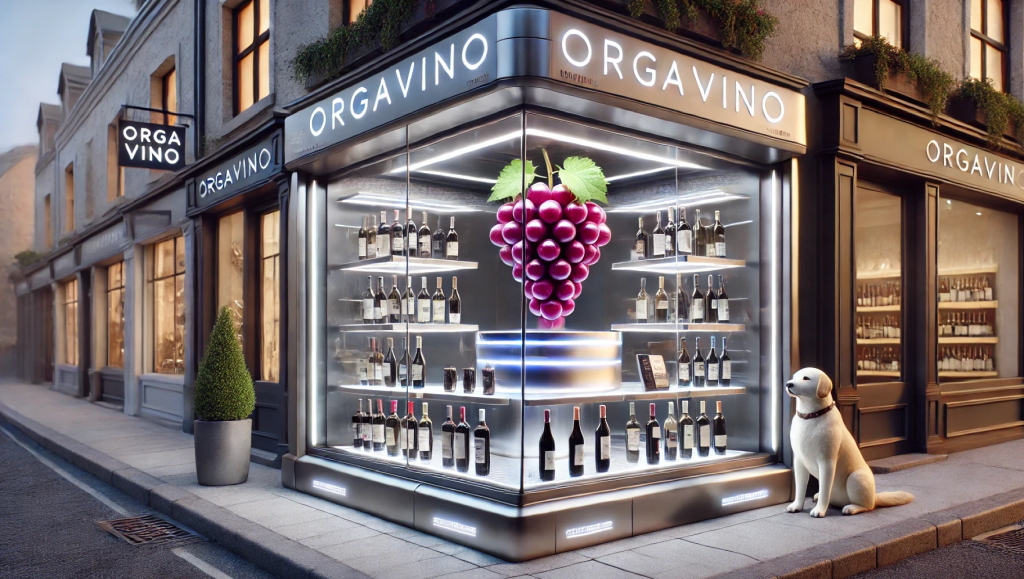
Red Wine – Bold, Smooth, and Complex
Red wine is the most popular type worldwide, and it’s easy to see why. It’s rich, bold, and feels like a comforting hug after a long day. But let’s be real—sometimes that boldness can be a bit too much.
💡 Too Bitter or Tannic
Ever taken a sip of red and felt like your mouth was turning inside out? That’s the tannins at work—great for aging wine, not always great for immediate enjoyment.
✅ Solution:
- Let it Breathe: Pour it into a decanter and let it sit for 20–30 minutes. Oxygen softens the tannins and makes the flavors more approachable.
- Chill It Slightly: Pop it in the fridge for 10–15 minutes. Lowering the temperature can tone down the bitterness.
- Food Pairing Fix: Pair bold reds with fatty, hearty dishes like steaks or rich cheeses to balance out the intensity.
Popular Red Varieties:
- Cabernet Sauvignon: A powerful, full-bodied wine with dark fruit flavors and a hint of spice.
- Merlot: Smooth, easy-drinking, and versatile—a great introduction to reds.
- Pinot Noir: Light and elegant, with earthy notes that make it a bit of an introvert among reds.
- Syrah/Shiraz: Bold, peppery, and intense—perfect for adventurous drinkers.
- Malbec: Smooth and velvety, with a dark, fruit-forward profile.
🍷 Best Paired With: Red meats, hearty stews, grilled dishes, and rich cheeses.
White Wine – Light, Crisp, and Refreshing
White wine is massively popular, especially in warmer climates where people crave something cool and crisp. But not every white hits the mark—sometimes it’s just too acidic or lacks that wow factor.
💡 Too Acidic or Bland
White wines can sometimes feel like they’re all zing and no depth—like a James Blunt song that hits one note over and over… catchy enough to make you sip, but bland enough to leave you wondering why you’re still drinking
✅ Solution:
- Balance It Out: Pair acidic whites with creamy dishes or fatty fish to mellow the sharpness.
- Temperature Matters: Serve it chilled but not ice-cold to preserve flavor complexity.
- Off-Dry Options: Choose wines with a touch of sweetness to counterbalance acidity.
Popular White Varieties:
- Chardonnay: Bold and buttery, with hints of vanilla and oak.
- Sauvignon Blanc: Crisp and zesty, with citrus and herbaceous notes.
- Riesling: Sweet or dry, it’s versatile and aromatic.
- Pinot Grigio: Light, crisp, and easy to drink.
- Gewürztraminer: Floral and spicy, for those who like something different.
🍋 Best Paired With: Seafood, poultry, light pasta dishes, and salads.
Rosé Wine – Fruity, Floral, and Fancy
Rosé has been making waves recently, especially among younger drinkers. It’s light, fun, and perfect for social gatherings. But here’s the thing—some people dismiss rosé as just a “summer fling” rather than a serious wine.
💡 Too Sweet or Too Light
Not all rosés are sugary pink water—thankfully. The trick is choosing the right one for your taste.
✅ Solution:
- Go Dry: Provence-style rosés offer crisp, refreshing flavors without the sweetness.
- Add Some Depth: Look for Grenache or Tempranillo rosés for a fuller body and richer flavor.
- Food Pairing: Avoid overly sweet dishes that might make the wine taste flat—stick to savory and slightly salty pairings.
Popular Rosé Varieties:
- Provence Rosé: Dry and crisp—perfect for elegant sipping.
- White Zinfandel: Slightly sweet and fruity—an American classic.
- Grenache Rosé: Bold and floral, with a hint of berry sweetness.
- Tempranillo Rosé: Richer and more structured, with deeper fruit notes.
🌷 Best Paired With: Grilled fish, salads, and light appetizers.
The Verdict: Which Wine Is the Most Popular?
Globally, red wine tends to come out on top—people love its boldness and complexity. White wine is a strong contender, particularly in warmer regions, while rosé continues to gain popularity as a trendy, versatile option.
But popularity doesn’t always mean it’s right for you. The best wine is the one that fits your mood and your meal. Don’t be afraid to experiment—you might just discover a new favorite.
Final Thought – Wine for Every Occasion
Remember, there’s no right or wrong when it comes to your personal taste. Whether you’re sipping red, white, or rosé, the most important thing is to enjoy the experience. And if one doesn’t quite hit the spot? Don’t pour it down the drain—repurpose it in cooking, turn it into a cocktail, or save it for a marinade.
Connect with Us!
Please go to our Instagram page and mention your favourite wine and why it’s your favourite.
We’d love to hear your stories and see your recommendations!
Cheers! 🍷
Liquid Poetry
Lyricist: Cyrus Kaffash
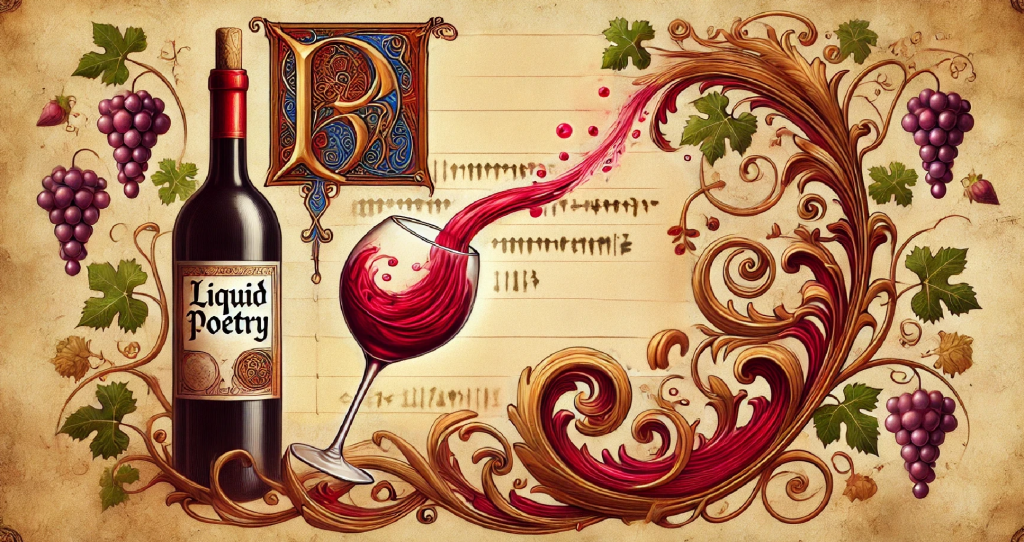
Grapes in the vineyard dream of a future, beautiful and bright,
Before they’re a perfect work of art, red, rosé, and white.
Divided by their colours, wines are united by their taste,
The artisan liquid poetry that no one wants to waste.
Bonovinotte sells itself and makes my mouth water,
The taste melts my heart, like a hot knife through cold butter.
